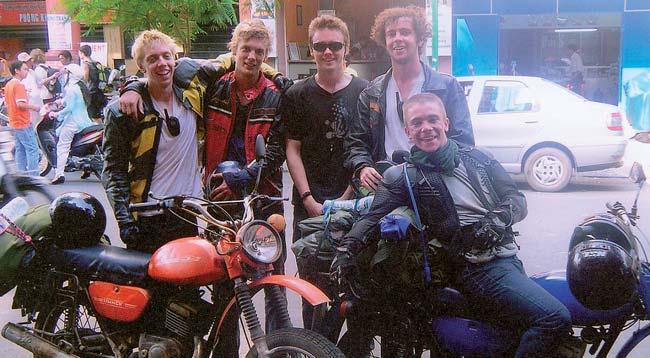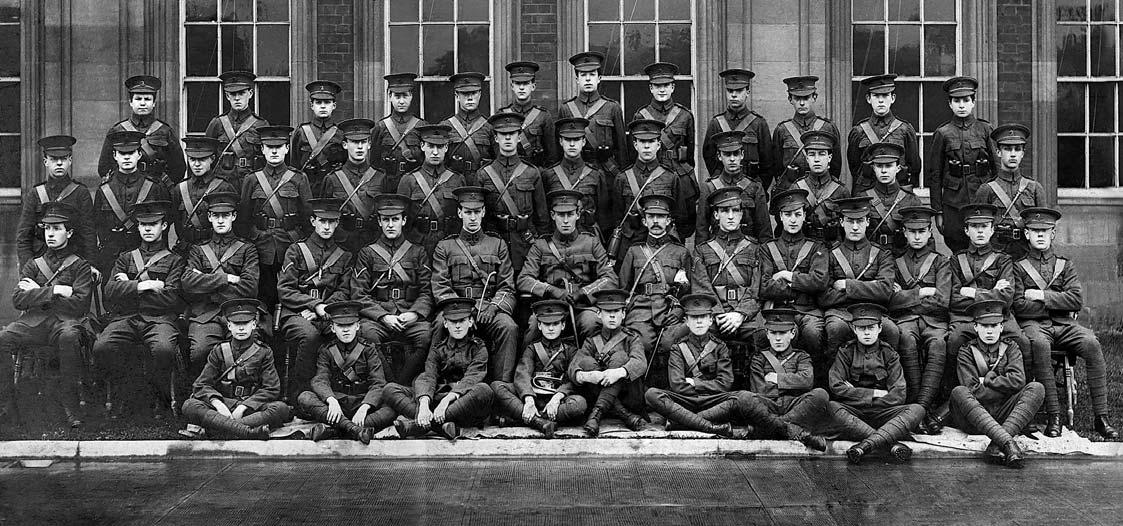
3 minute read
A HistoryoftheRGSinTen Objects
from ONA 81
A HISTORY OFTHE RGS IN TEN OBJECTS
Inspired by the BBC’s excellent series A History of the World in 100 Objects, hosted by the British Museum’s Neil McGregor, it occurred to me that a similar approach could be taken with the long and varied story of the Royal Grammar School.
Advertisement
After some thought, there are a number of ‘Objects’ which would be familiar to almost everyone who has attended the school over the past few hundred years. Rather than merely list and provide a photograph of each, the idea developed into something wider, which it is to be hoped will forge a new and innovative link between past and present members of the school, Old Novos and boys and girls at present studying at our great school.
Most of the seven objects selected here fit exactly into the mould. What ONA Magazine is interested in is three further objects to make up the ten, selected by students at the school, as well as Old Novos . As in the recent BBC series, we would like some additional detail through background research, either from the study of school or local archives, or perhaps even received information from Old Novos or other sources. Of course, it might be difficult to contact Old Novos who attended the school before the 20th Century, but you would be surprised at the store of knowledge held by many ONs from the last (20th) Century!
Here, then, are the seven objects (so far) which stand out as being special to the History of the RGS.
1
First is the Royal Charter of 1600 granted by Queen Elizabeth the First to the Town and County of Newcastle by which its rights and privileges were ‘defined, confirmed and improved’. One of the consequences of the Charter was the removal soon after of the School from St Nicholas Churchyard to the Hospital of St Mary the Virgin in the Westgate. Where is this Charter? What does it say about the School?
A History of RGS in Ten Objects 2
The School Clock must be one of the best known objects at the School. Thousands of motorists speed along the Central Motorway which swept away the old Pinfold at the Great North Road end of the school field in the 1950s. Many of them will be unaware that this timepiece is part of our school. How did it come to grace the buildings in Eskdale Terrace? Next is a Stone Pillar, similar to the two which stand outsidethe present School buildings in Eskdale Terrace. Where does this stand and what was its original function?
4
5

Fourth is the Stained Glass Window which is now built into the North part of the School near the changing rooms and lecture theatre. Who designed and produced it? Where was

it originally?
6

Sixth on our list is the NOVO Magazine. When did this first appear? Several covers have graced this publication since it was launched. Some research on this important item in the school’s life would be of interest to all.
3
Third is the heavy Oak Table which stands on the stage at the front of the School Hall. What was it for and where was it originally used and whose carved signature stands out as special?

7
At the front of the school hall and our number seven is the great Organ. When the school moved to Eskdale Terrace just over a century ago, the hall had no Organ. Who donated this and who manufactured this impressive instrument? It would be fascinating to hear it in regular use once again.

8,9,10...
There are many more ‘objects’ which may spring to mind. But the Association would like members of the school and Old Novos to be involved in introducing three more and also producing further research on the seven so far. We hope that the RGS History department, who have already shown great interest in the links between members of the ONA (that’s all of our readers) and present school students, will be able to pass this message on and see what transpires by the next issue of ONA Magazine. It might also be interesting to produce a display around this at the next RGS Day in July 2011.







